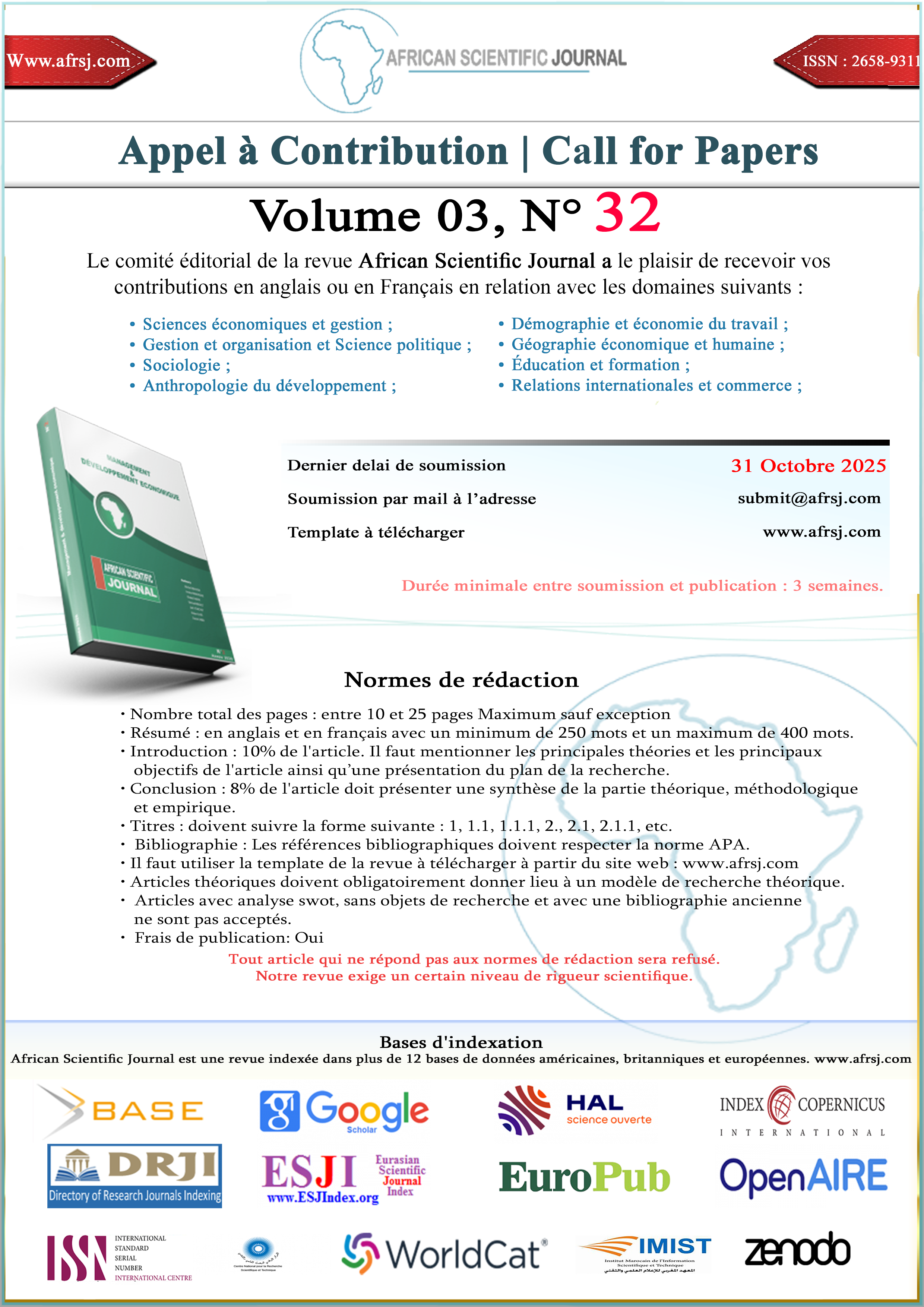The process of obtaining a License To Operate in the Mining Sector: An Overview
DOI:
https://doi.org/10.5281/zenodo.7669363Keywords:
Environmental impact assessments, Mining sector, License to operate, Land use plans, Regulations, Key stakeholders, Mining company, Local communities, Legal and environmental adviceAbstract
A license to operate (LTO) in the mining sector refers to a permit granted by a government agency to extract minerals and resources from the earth. The process of obtaining an LTO can vary by country but often includes environmental impact assessments, land use plans, financial guarantees, and ongoing compliance with regulations. The history of LTO in the mining sector has evolved, with countries implementing their own regulations and policies, including the integration of environmental and social considerations. Key stakeholders in the LTO process include the mining company, government agencies, local communities, environmental groups, other businesses, financial institutions, and investors. The LTO application process can be lengthy and complicated, and it is recommended to seek legal and environmental advice.
Downloads
Published
How to Cite
Issue
Section
License
Copyright (c) 2023 African Scientific Journal

This work is licensed under a Creative Commons Attribution-NonCommercial-NoDerivatives 4.0 International License.





















